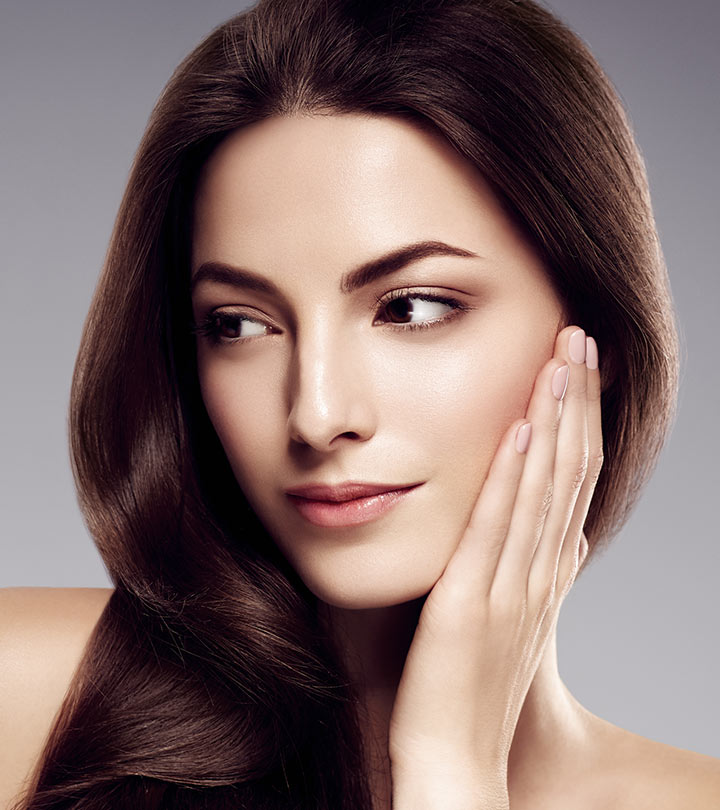In the glamorous world of celebrities, appearances are paramount. The flawless, porcelain-like skin often associated with high-profile personalities is an iconic aspect of the entertainment industry. Many fans wonder: How Do Celebrities Become White? This article delves into the various methods and techniques used to achieve this coveted appearance, shedding light on both cosmetic practices and skincare regimens.
The Quest for the Ideal Complexion
Celebrities often employ a myriad of techniques to achieve their strikingly perfect complexions. From skincare routines to the clever use of makeup, the path to that seemingly airbrushed look is multi-faceted. First and foremost, it starts with skincare. Many celebrities invest in high-end skincare products that are rich in vitamins and antioxidants, helping to create a healthy, radiant base. Regular facials and dermatological treatments are commonly used to maintain skin health, reduce blemishes, and combat signs of aging.
Moreover, celebrities frequently turn to professional makeup artists who understand the science of makeup application. These artists use specially formulated products designed to provide coverage without feeling heavy. Techniques such as layering, contouring, and highlighting further enhance that perfect finish. Airbrushing makeup techniques are also popular, as they can create an incredibly smooth appearance, making it possible to achieve the desired look without the appearance of pores or imperfections.
The Role of Lighting and Filters
In addition to makeup techniques, lighting plays an essential role in how celebrities present their images to the public. Professional photographers understand the best lighting angles that flatter their subjects, allowing imperfections to be minimized and enhancing features. Proper lighting can soften skin tones and reduce shadows, creating a polished look that can sometimes appear unattainable.
On social media platforms, celebrities often use filters and editing tools to enhance their images further. This digital manipulation can smoothen skin texture, brighten complexions, and even alter facial features. The accessibility of these tools means that even non-celebrities can achieve a comparable look, albeit not always with the same resources or professional help.
Skincare Innovations
Modern skincare innovations have played a significant role in how celebrities maintain their complexions. Treatments like chemical peels, laser therapy, and microdermabrasion are commonly utilized to achieve a fresh, rejuvenated look. These methods help in exfoliating the skin, eliminating dead skin cells, and promoting the growth of new, healthy cells. Additionally, procedures such as botox and fillers offer immediate results in achieving that youthful, flawless glow.
Diet also contributes significantly to skin health. Many celebrities adopt specific diets rich in antioxidants, healthy fats, and hydration to nourish their skin from within. Foods high in vitamins A, C, and E can promote a glowing complexion, while staying hydrated is crucial for maintaining skin elasticity and a plump appearance.
The Symbolism of Fairness in Hollywood
Beyond the technical aspects of achieving a flawless complexion, there’s a deeper cultural narrative tied to fairness and beauty standards in Hollywood. Historically, a lighter skin tone has been idealized in many cultures, often perceived as a sign of beauty, privilege, and desirability. This ideal has influenced how celebrities present themselves and how they are portrayed in the media. While many celebrate diversity and individuality, the preference for fair skin remains prevalent.
This cultural context raises serious discussions about the implications of these beauty standards. Young audiences may feel pressured to conform to these ideals, leading to a variety of social issues, including self-esteem challenges and body image concerns. The conversation around beauty is continually evolving, with a growing movement advocating for more inclusive representations of diverse skin tones.
The Influence of Social Media
Social media has transformed the way celebrities interact with their fans and how they present their visual identity. Platforms like Instagram and TikTok create an environment where image perfection seems almost standard. Influencers and celebrities share their beauty secrets and routines, promoting the latest skincare products and makeup techniques. This democratization of celebrity beauty can inspire individuals but can also perpetuate unrealistic beauty ideals.
Moreover, the immediate feedback mechanism of social media can create pressure on celebrities to uphold these ideals, contributing to the never-ending quest for perfection. As audiences consume carefully curated images, the line between authenticity and aspiration blurs, leading to a cycle of expectation that can be difficult for many to navigate.
Conclusion
In summary, achieving that strikingly white, airbrushed look requires a combination of skincare diligence, professional makeup techniques, strategic use of lighting, and even digital enhancements. The narrative surrounding fairness in beauty, particularly within the celebrity sphere, emphasizes the importance of cultural perspectives. As society reassesses these ideals, it is crucial to promote a more inclusive understanding of beauty that embraces all skin tones and complexions. The discussion continues to evolve around what it means to be beautiful and how that shapes the way celebrities are seen and how they present themselves.


